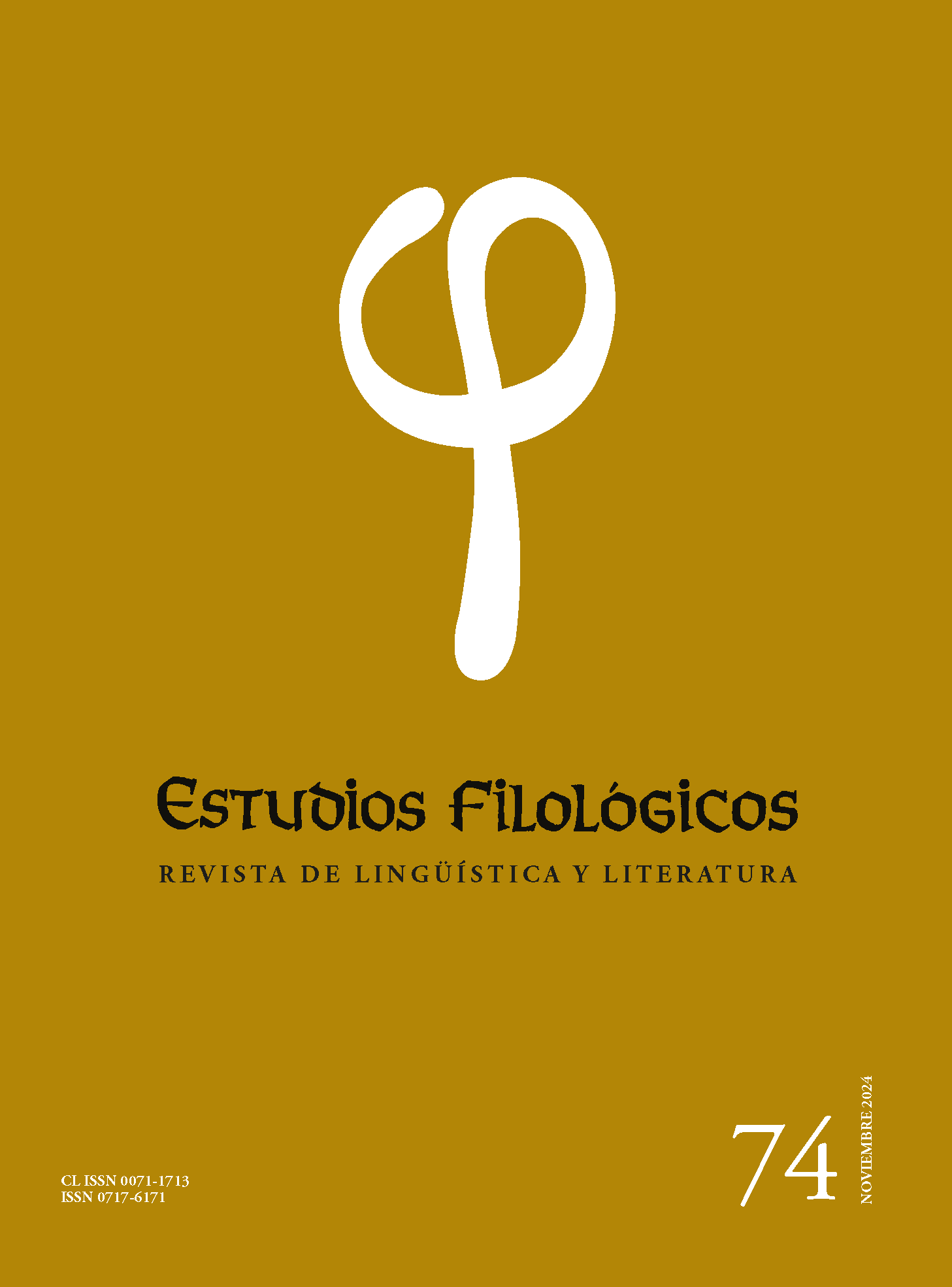La morfología de los deseos: interpretación semiótica y psicoanalítica de “La trilogía de los 70” de Alan Pauls
Contenido principal del artículo
Resumen
El presente artículo propone interpretar la “Trilogía de los 70”, compuesta por Historia del llanto (2007), Historia del pelo (2010), Historia del dinero (2013) del escritor argentino Alan Pauls, situándose en el punto de intersección entre la semiótica, el psicoanálisis y la literatura. Los tres elementos cotidianos (llanto, pelo y dinero) ponen de manifiesto la política de lo simbólico que posibilita el proceso convencional de significación. Girando en torno a una falta estructural, los discursos sociales de los 70 alimentan representaciones fantásticas y dotan a los objetos cotidianos de una trascendentalidad fantasmagórica para que se conviertan en objetos de deseo. Se sugiere también cómo se desentraña la estructura gestálica para reivindicar una autonomía corporal, pre-discursiva e imposible de precisar con el lenguaje. Sustentadas en lo real lacaniano, entran en escena dos estrate- gias (exceso y desasociación) para que el sujeto se desprenda de la lógica simbólica que esconde una esencia volátil e irracional bajo una apariencia neutral e infalible.

